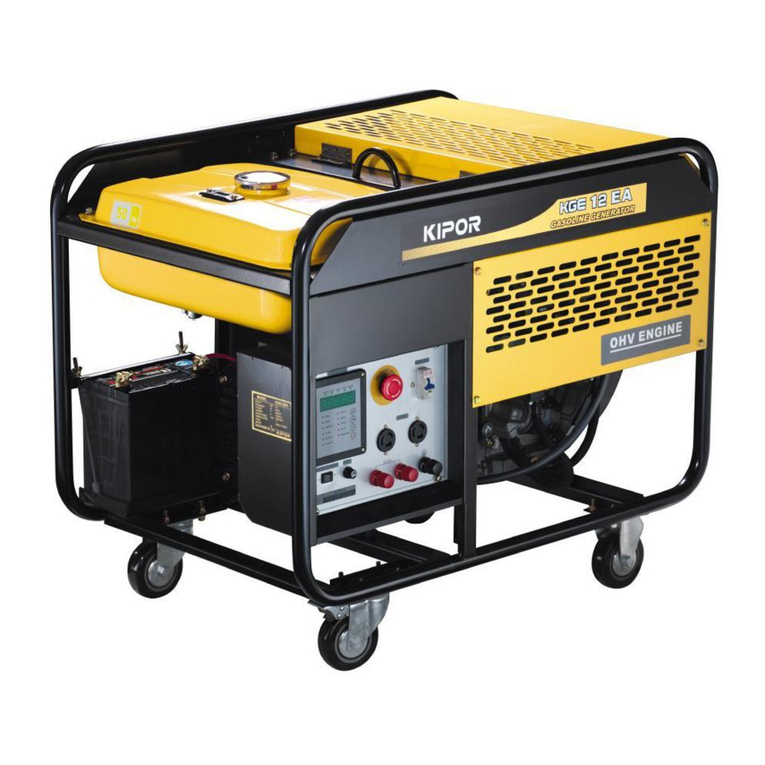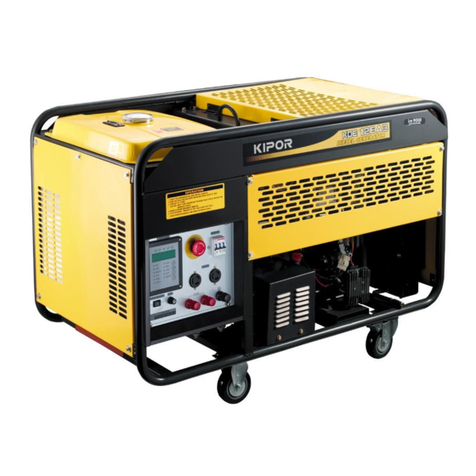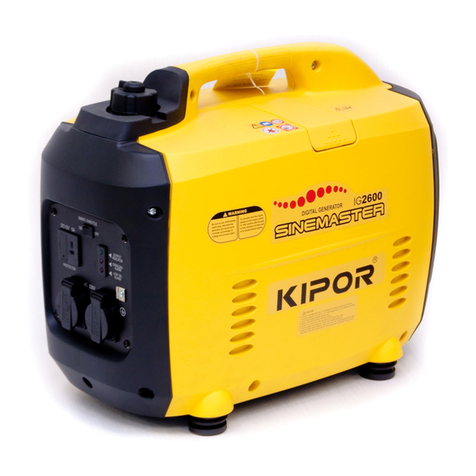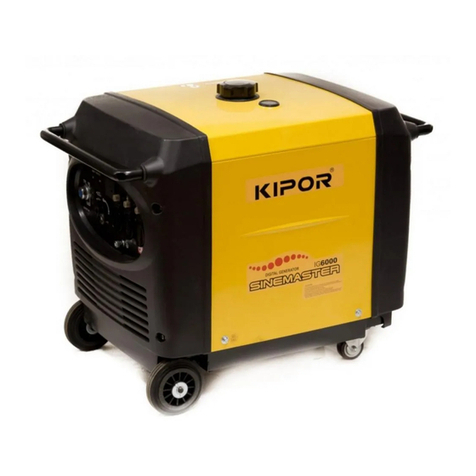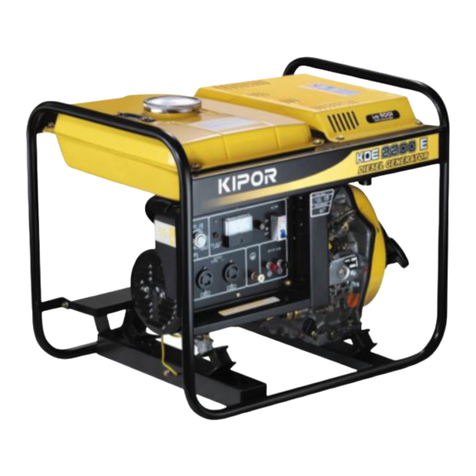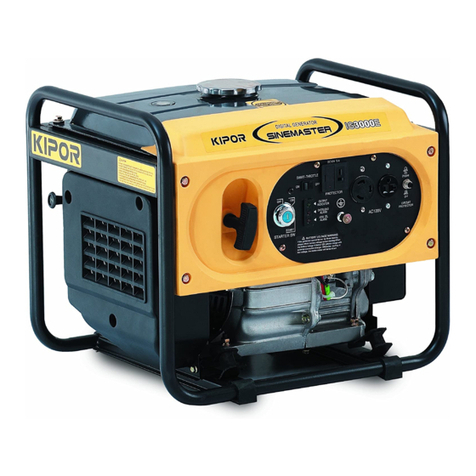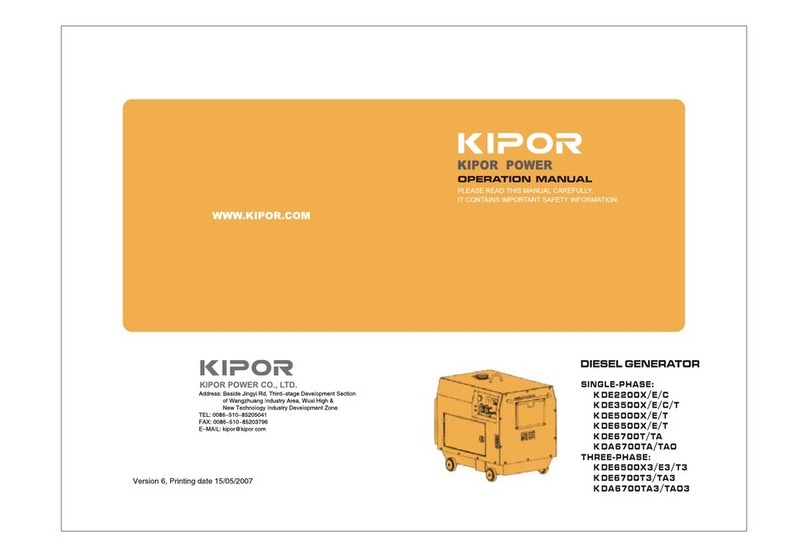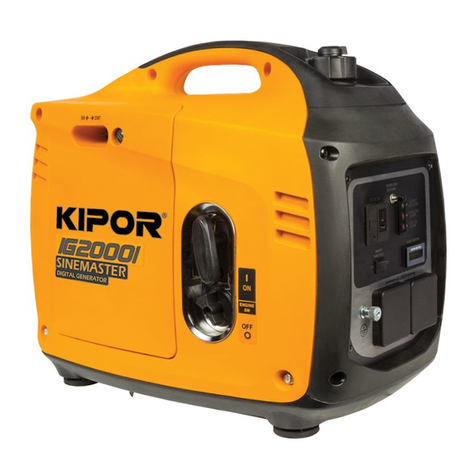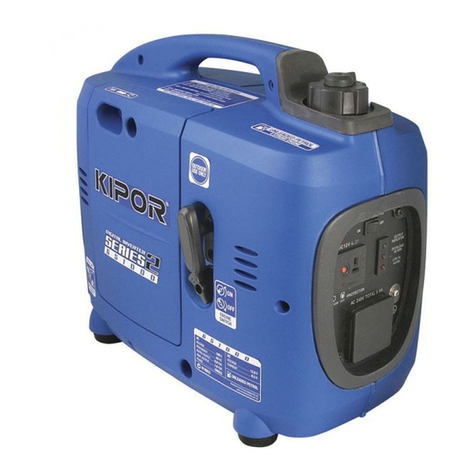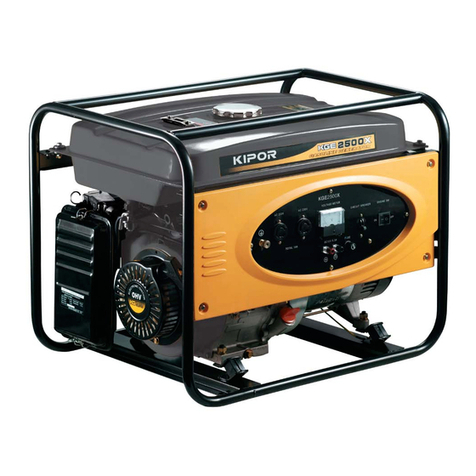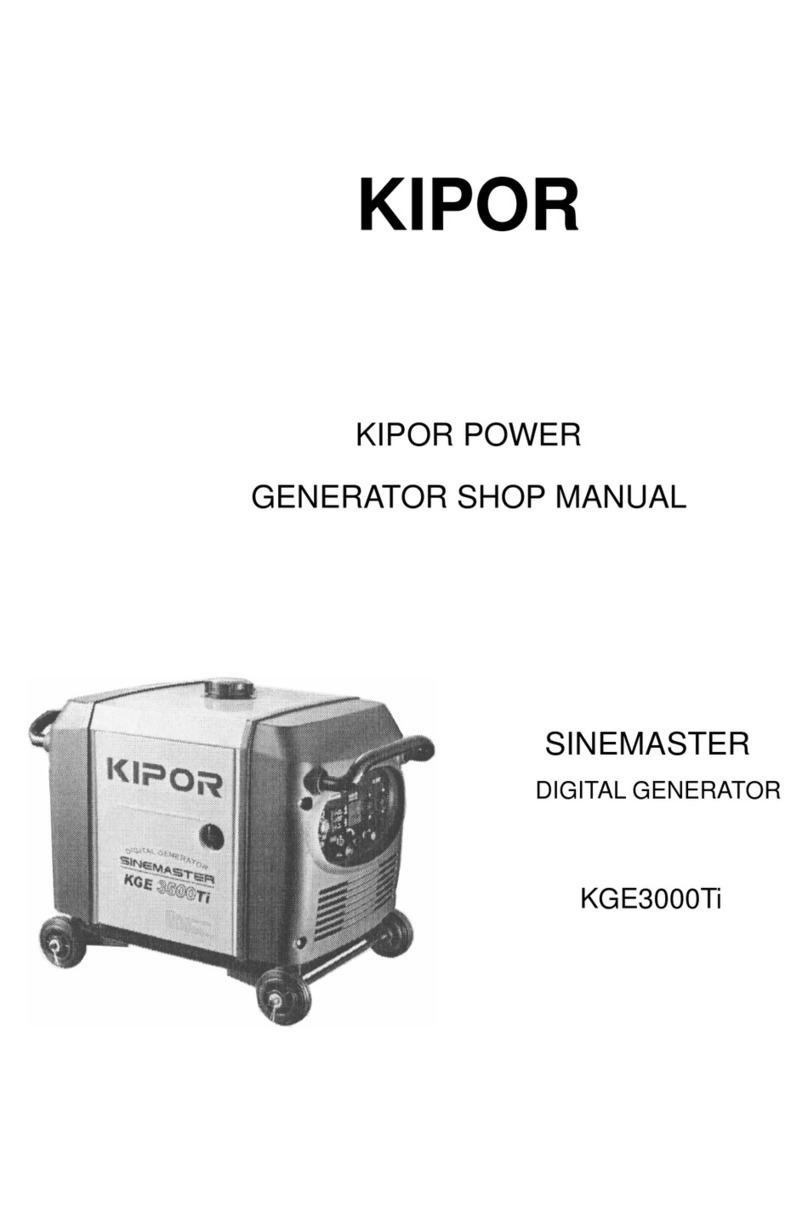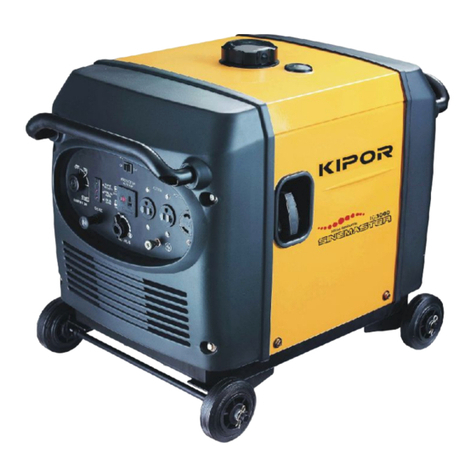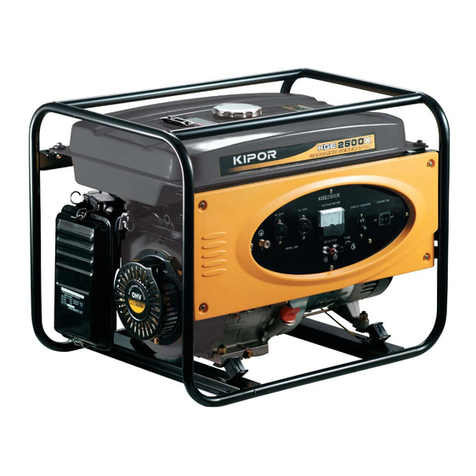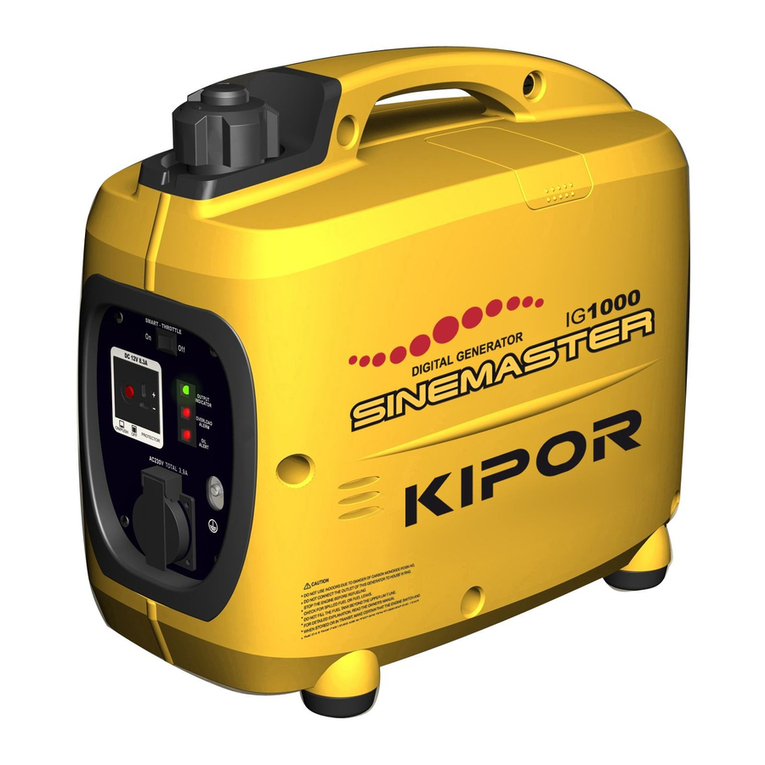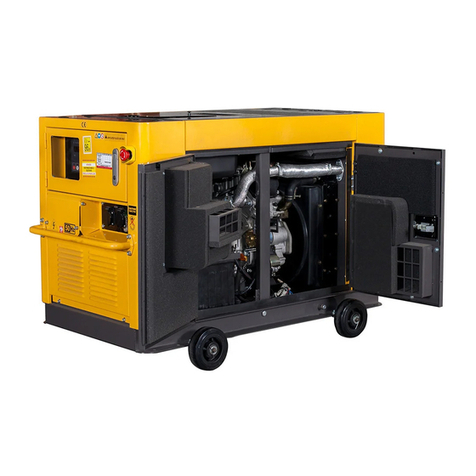CONTENTS
1. SAFETY INSTRUCTIONS ··································································································1
2. COMPONENT LOCATIONS ······························································································· 3
2.1 Outside View ··············································································································· 3
2.2 Control Panel ··············································································································4
2.3 Serial Number and Bar Code Location······································································· 5
3. PRE-OPERATION CHECK ································································································· 6
3.1 Engine Oil···················································································································· 6
3.1 Fuel ····························································································································· 7
3.3 Air Cleaner ··················································································································7
4. STARTING THE ENGINE ···································································································9
4.1 Starting Procedure ······································································································9
4.2 High Altitude Operation····························································································· 12
4.3 Ambient Temperature ·······························································································12
5. GENERATOR USE ··········································································································· 13
5.1 Warnings and Cautions·····························································································13
5.2 AC Power Applications ·····························································································14
5.3 VoltageSelectionSwitch··························································································15
5.4 ACPowerOperation·································································································15
5.5 OutputandOverloadIndicators················································································16
5.6 SmartThrottle··········································································································· 17
5.7 AirConditionerOperation·························································································18
5.8 DCPowerOperation·································································································18
5.9 LowOilAlarmSystem······························································································· 20
5.10DigitalDisplayPanel·································································································· 20
6. STOPPING THE ENGINE·································································································22
6.1 Normal Shutdown ····································································································· 22
6.2 Emergency Stop ·······································································································22
7. MAINTENANCE ················································································································ 23
7.1 Emission Control System ······················································································23
7.2 Maintenance Schedule ····························································································· 25
7.3 Changing Oil ············································································································· 25
7.4 Air Cleaner Service ··································································································· 26
7.5 Spark Plug Service ···································································································27
7.6 Spark Arrestor Maintenance ·····················································································28
